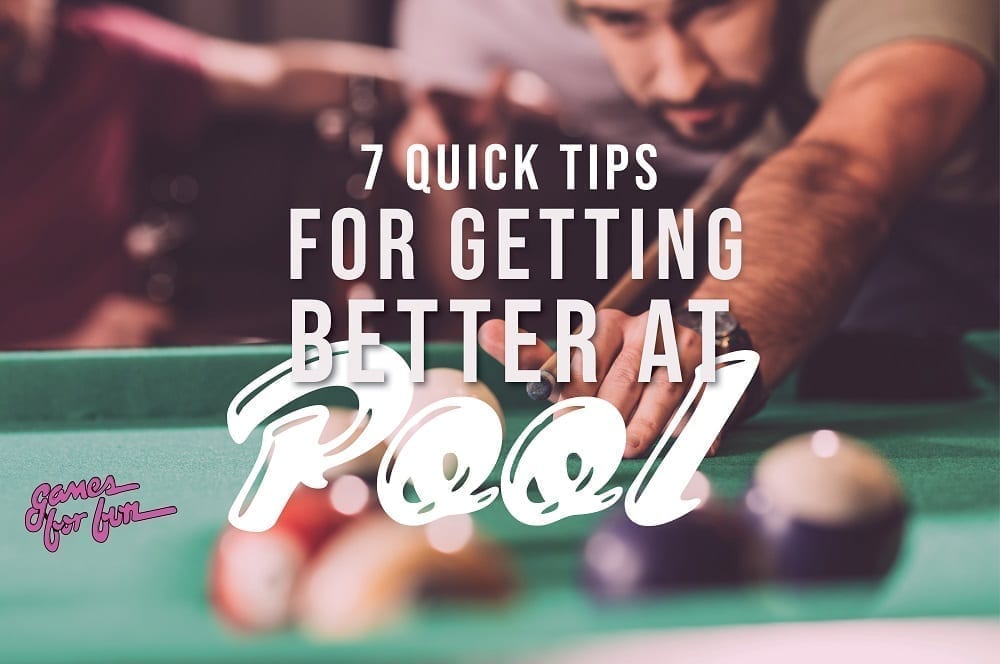A bumper pool table could be the perfect addition to your game room if you like the idea of playing pool but only strike a ball once or twice a year
Bumper pool — is that some sort of hybrid between bumper cars and swimming in the pool? While bumper car pool floats are an awesome invention, that’s not what we’re referencing.
This game room table is so underrated, you likely won’t even find it at your local bar. But this hidden gem has the potential to be the perfect addition to your game room with its compact table size.
We’ve written about this small but mighty game before (almost 3 years ago) and feel like it’s time to give the bumper pool table some current attention.
While this article will reference some of the original content from the previous article due to relevancy, we’ll be including:
A brief history of bumper pool
Main differences between bumper pool and billiards
How to play bumper pool
Bumper pool just doesn’t get enough love in the gaming world, so let’s change that. And if you’re interested in what we wrote about this back in early 2019, you can check out “Why Bumper Pool Could Be Your Ideal Game” here.
A BRIEF HISTORY OF BUMPER POOL
In 1955, Valley Manufacturing introduced a new game to the world of coin-operated amusements. This game was played on a table smaller than a billiards with two holes on either end of the table.
There were eight bumpers placed in a cross-like pattern in the middle of the table, and players would put a dime in to start a game and each player would get five balls (red or white).
The object of the game: To shoot your ball into your opponent’s pocket at the other end.
Known simply as bumper pool, the “new billiards game” became hugely popular and ultimately became a staple in the bar and arcade scene. But the popularity of bumper pool has declined over the years. And, as we mentioned earlier, finding a bumper pool table in a bar is rare these days.
Related reading(s): Bar Games 101: The Great Game Of Bumper Pool
MAIN DIFFERENCES BETWEEN BUMPER POOL AND BILLIARDS
Bumper pool tables are definitely differ from ‘regular’ pool tables due to their small size and only having two pockets, as opposed to the usual six on regular pool tables.
This compact size is also one of the most beneficial aspects of a bumper table. Full-sized pool tables might be inconvenient for some home spaces because they might be too big, leaving a lot of billiard enthusiasts with no choice but to go to other places to play the game they love.
The game of bumper pool is played on an octagonal bumper pool table or rectangular bumper pool table with fixed bumper obstacles on the playfield. So not only is the table a fraction of the size of a conventional table, but the cues are about half the size of regular ones.
This smaller size allows you to arrange the bumper pool game in your living room or game room without sacrificing space (minimalists and small-space peeps are quaking with glee).
HOW TO PLAY BUMPER POOL
Introduction
Most slate bumper pool tables will have twelve bumper obstacles,. However, some will have up to 14 or 16, with two bumpers on either side of the pool table pockets.
The rest of the bumpers form a cross in the center of the pool table, with one cross line in-line with the pockets.
There is an open space at the center of the cross that is just big enough for a ball to pass through. The table is covered with the same pool table cloth material as regular standard pool tables.
Objective
Unlike regular billiards, learning how to play bumper pool is fairly easy to achieve because there are only two pockets on the table — one for each player.
The object of the game is to sink all of your balls (5 total) into the opposite pocket first (with 12 obstacles, called “bumpers,” in between). The player’s marked ball has to be pocketed before the player can sink any other balls. With only a few strategies to win, this is a billiards game for the masses.
Bumper pool is played with five white and five red bumper pool balls. One ball is marked from each set of five.
There is not a dedicated cue ball. Each ball can be directly shot into the table pockets.
How To Play
Summary: The first person to legally pocket all five of their balls wins!
To start a game of bumper pool, each set of bumper pool balls is arranged on five spots near each end of the bumper pool table by a pocket with the marked ball placed in front of the pocket.
The game begins with each player simultaneously shooting their marked ball, banking it off the pool table cushion to their right and trying to sink the ball in the pocket at the other end of the table.
If both players make the opening shot they select another ball and attempt the opening simultaneous shot again.
If both players sink all five of their balls off of the first simultaneous shot the game ends in a draw.
If on the opening simultaneous shot one player misses, the next shot goes to the player who sunk their ball on the opening shot.
If neither player makes the shot, the ball closest to the intended pocket shoots next.
A player’s turn will continue until they fail to pocket a ball.
Additional Rules
Jump shots are not allowed in the game of bumper pool.
If a player pockets one of their opponent’s balls there isn’t a penalty.
The ball is considered “sunk” no matter what pocket it falls into.
If a player sinks one of their own balls (not the last) in their own pocket, the opposing player may put two of their balls into their own pocket.
If a player sinks their last ball into the wrong pocket, they lose the game.
If a player makes a ball leave the table, the opponent can place the ball anywhere on the table, usually in the middle and drop two of their balls into their own pocket.
Related reading(s): Game Room Guys: How To Play Bumper Pool
THE SIMPLICITY OF BUMPER POOL SURPASSES ALL
After a long day at work, most of us just want to immediately sit on the couch and relax for the rest of the night. But, sometimes, playing a few rounds of pool after a hectic day takes more physical and brain power than we anticipate. This hits even harder if you don’t have your own billiards table at home. Going out isn’t always an ideal option.
If you’re a homeowner or bar owner looking for a fun version of billiards that fits into a small space, a bumper pool table is definitely an investment worth revisiting. The rules and size of bumper pool create a game that allows the players to destress in a much more simple manner, while still enjoying the classic roots of pool.
Having a bumper pool table in your home will create lasting entertainment the whole household.
Check out our showroom for various bumper pool table styles, including the most popular rectangle shape and the more unique octagon-shaped tables.

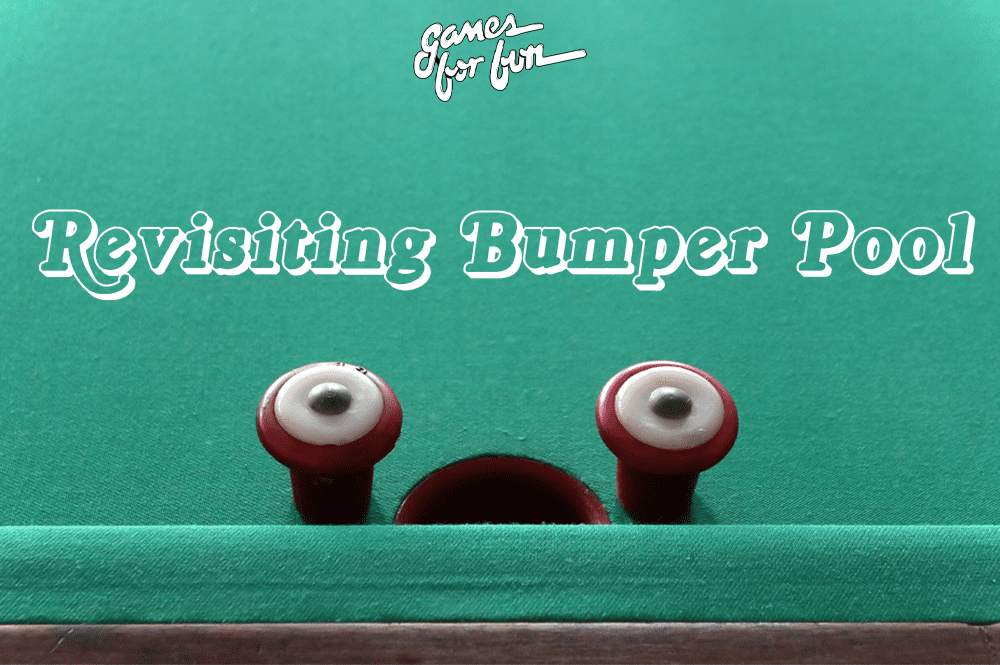
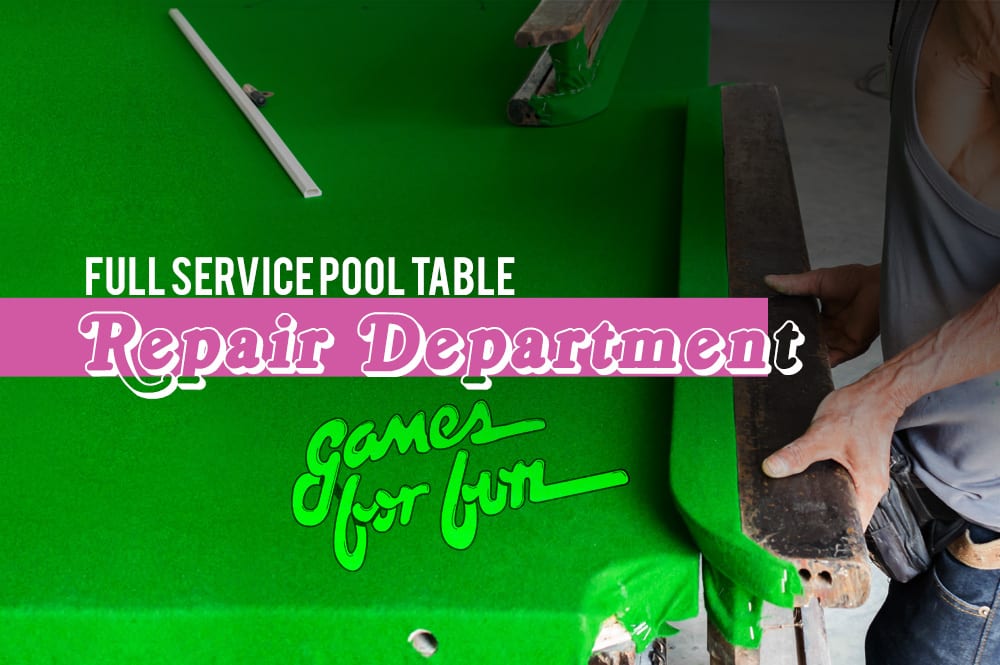
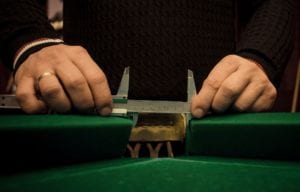
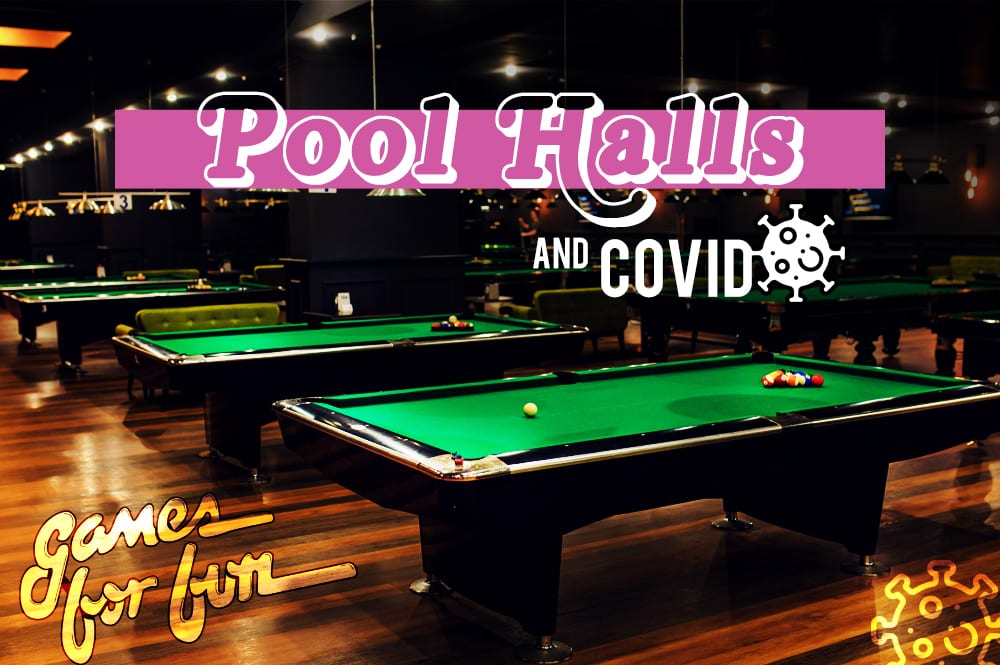
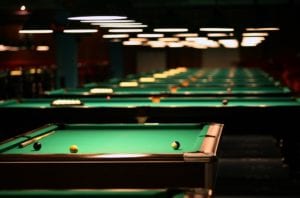
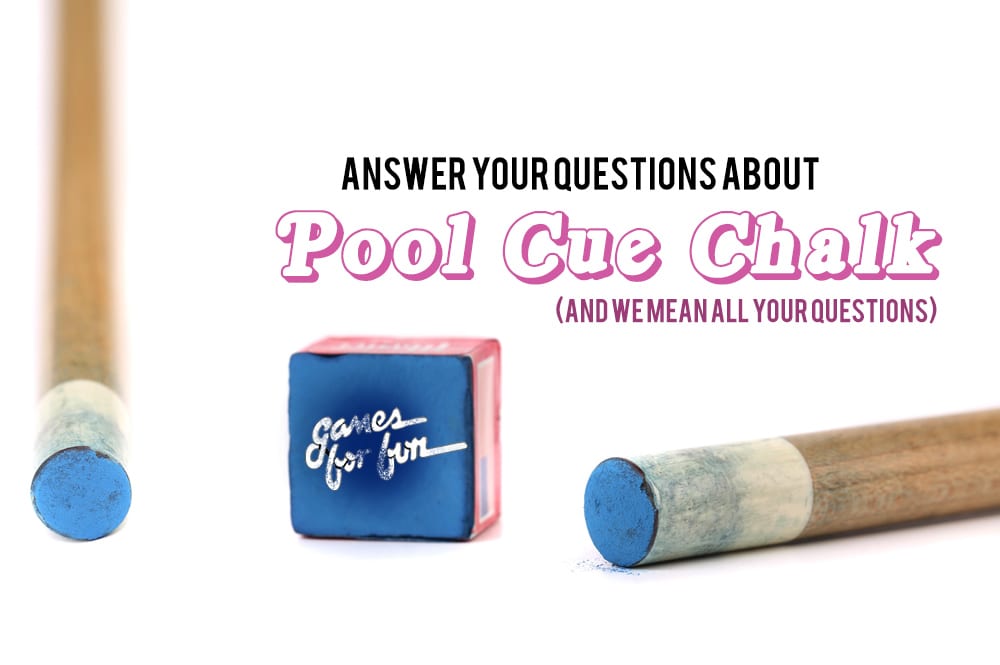
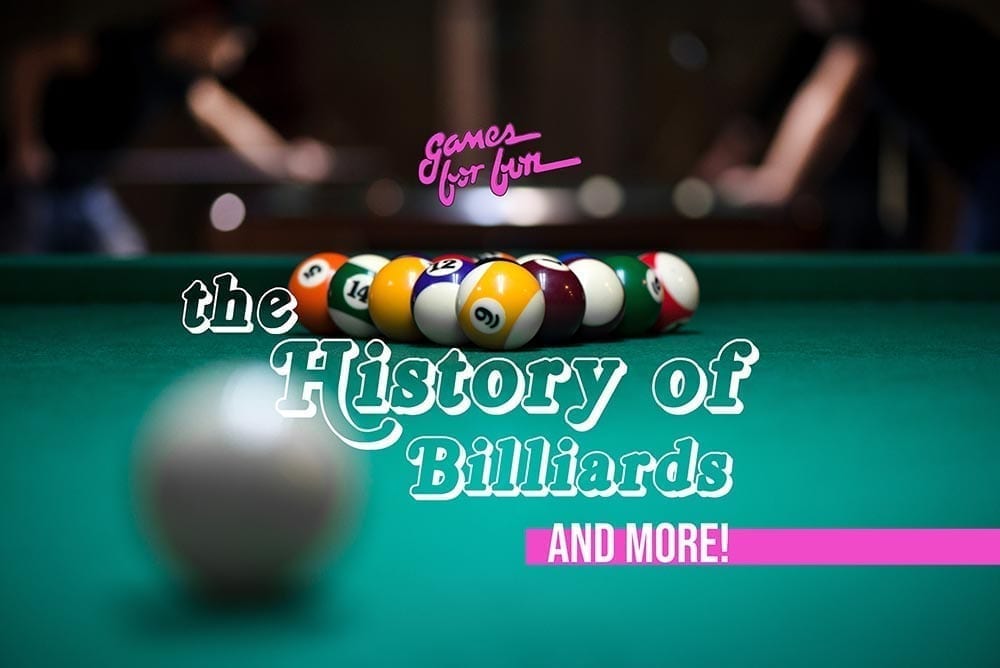
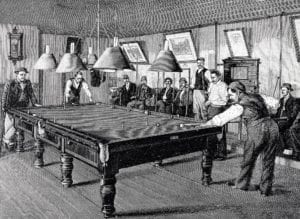 If you happen to be a history buff who also happens to be a fan of games such as pool, you might have wondered about the history of pool. If this is the case, this article is for you (well, for everyone, really…but mainly for you).
If you happen to be a history buff who also happens to be a fan of games such as pool, you might have wondered about the history of pool. If this is the case, this article is for you (well, for everyone, really…but mainly for you).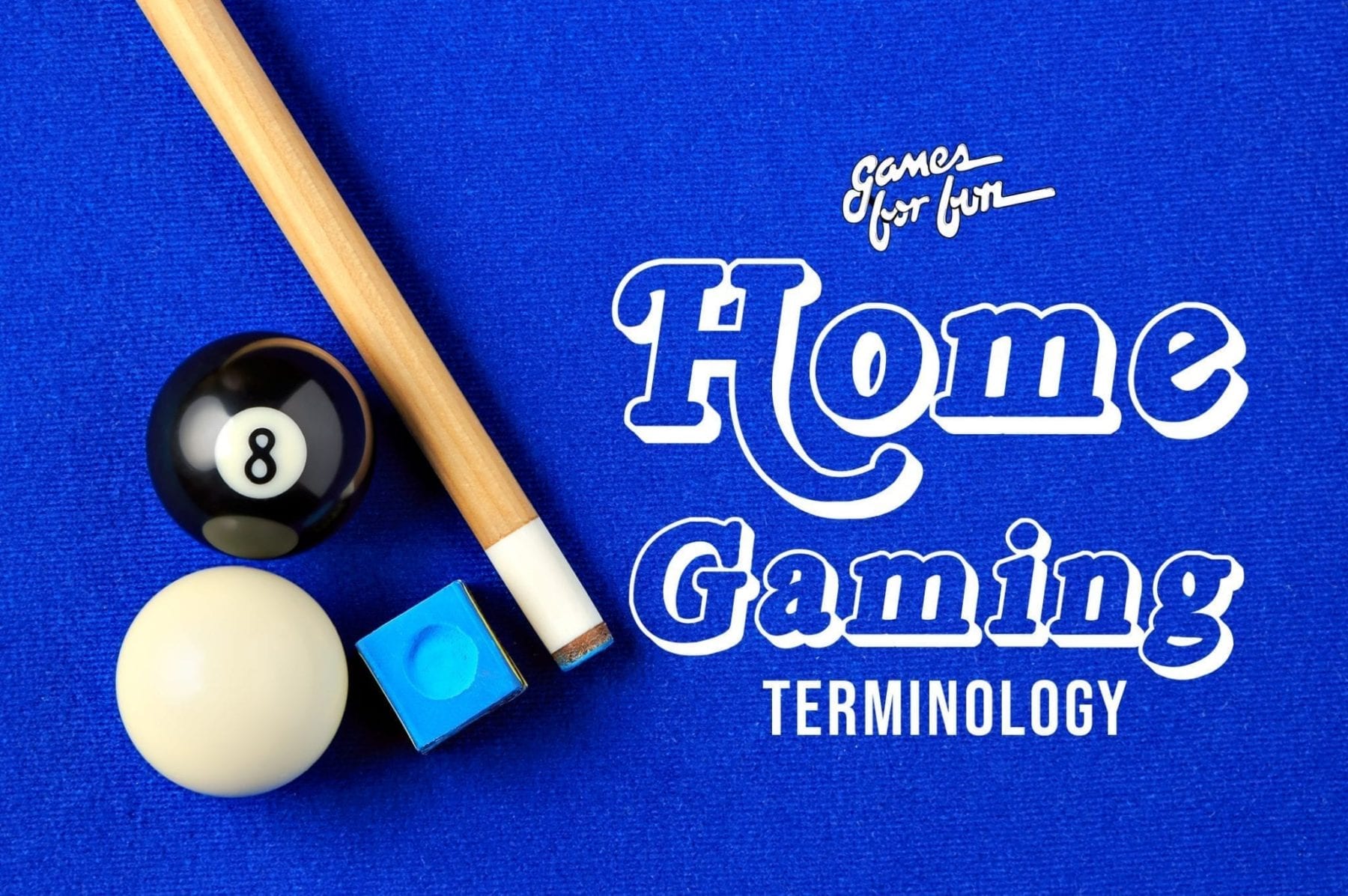
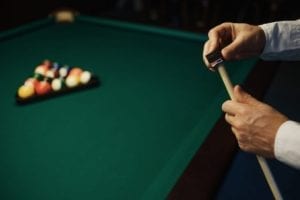

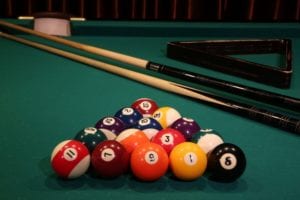 Maybe you’ve just learned how to pronounce the word “billiards.” Or, perhaps you were born on a pool table and have been holding cue sticks since you came out the womb. Regardless of skill, we at Games For Fun recognize that a person’s pool cue plays a key role in determining the accuracy of their shot.
Maybe you’ve just learned how to pronounce the word “billiards.” Or, perhaps you were born on a pool table and have been holding cue sticks since you came out the womb. Regardless of skill, we at Games For Fun recognize that a person’s pool cue plays a key role in determining the accuracy of their shot.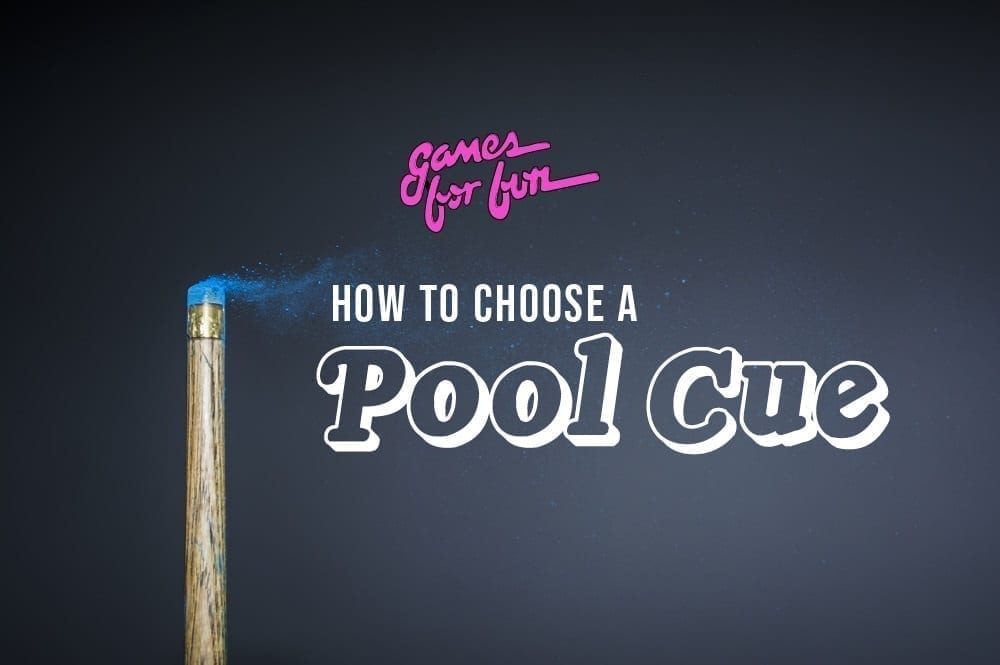
 If you’re an experienced player, knowing how to choose a pool cuemeans more than just grabbing what is available on the stand. Each cue is different and will provide you with various benefits during your game.In this article, we’ll go over how to choose a pool cue and the various aspects of a cue to consider when making your selection.
If you’re an experienced player, knowing how to choose a pool cuemeans more than just grabbing what is available on the stand. Each cue is different and will provide you with various benefits during your game.In this article, we’ll go over how to choose a pool cue and the various aspects of a cue to consider when making your selection.
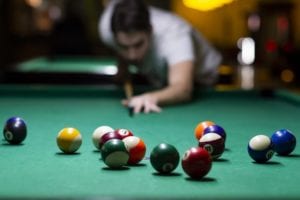 Looking to master your next pool tournament? With an accurate, consistent, and ever-sneaky bank shot, you’ll be on your way to pool shark status in no time. Bank shots are billiards’ off-the-backboard slam dunks. And not only do they look impressive enough to intimidate your opponent into forfeiting, but they are particularly useful as well. In this article, we’ll discuss how to master the bank shot in a few easy steps.
Looking to master your next pool tournament? With an accurate, consistent, and ever-sneaky bank shot, you’ll be on your way to pool shark status in no time. Bank shots are billiards’ off-the-backboard slam dunks. And not only do they look impressive enough to intimidate your opponent into forfeiting, but they are particularly useful as well. In this article, we’ll discuss how to master the bank shot in a few easy steps.